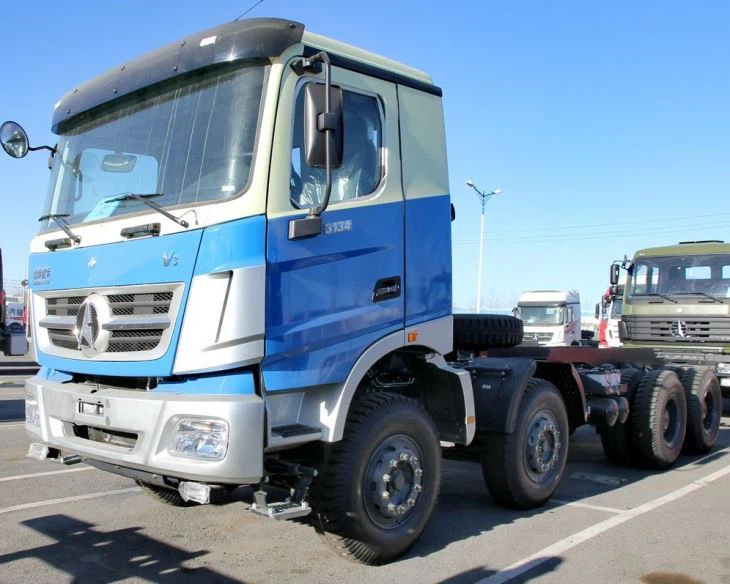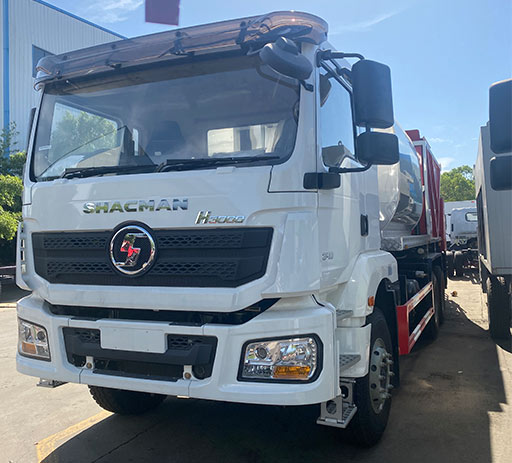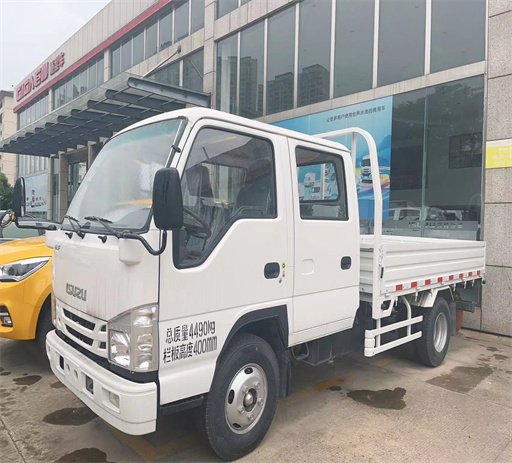Ultimate Guide to Street Vacuums: Keeping Your Streets Clean and Green

In urban environments, maintaining cleanliness on the streets is crucial for public health and aesthetic appeal. One of the most effective tools for this purpose is the street vacuum. This article explores everything you need to know about street vacuums, from their working mechanisms to their various types, benefits, and maintenance tips.
What is a Street Vacuum?
A street vacuum is a specialized machine designed to clean urban roads, sidewalks, and public spaces by sucking up debris, litter, and liquid spills. Unlike regular vacuum cleaners, street vacuums are engineered to handle tough outdoor conditions, helping municipalities and organizations keep their environments clean.
How Does a Street Vacuum Work?
The operation of a street vacuum can be broken down into several key components:
1. Suction Mechanism
Central to the street vacuum’s function is its powerful suction system. This system typically includes:
- Vacuum Motor: Generates airflow to draw debris into the machine.
- Filter System: Captures fine particles to prevent them from escaping back into the air.
2. Collection Container
Once debris is sucked in, it is stored in a collection container which can be emptied easily. Depending on the model, container capacities may vary.
3. Water Spraying System
Many street vacuums use a water spraying system to dampen surfaces before suction, which helps in picking up fine dust and allergens more effectively.
Types of Street Vacuums
Street vacuums come in various types, each suited for different tasks and environments:
1. Ride-on Street Vacuums
These are larger machines designed for extensive street cleaning and allow the operator to ride along while working. They are ideal for city streets and large parking lots.
2. Walk-behind Street Vacuums
Smaller and more maneuverable, walk-behind street vacuums are perfect for sidewalks, parks, and narrow areas where larger machines may not fit.
3. Truck-mounted Street Vacuums
These vacuums are attached to trucks and are usually employed for heavy-duty cleaning tasks. They are capable of handling large amounts of debris and are mainly used by municipalities.
4. Industrial Street Vacuums
Designed for manufacturing or industrial environments, these vacuums are built to handle heavy dust, debris, and even liquids. They often have robust filtering systems to handle hazardous materials.
Benefits of Using Street Vacuums
1. Environmental Impact
Street vacuums play a crucial role in reducing pollution and promoting a cleaner environment. By efficiently removing trash, they prevent litter from ending up in waterways and landfills.
2. Enhanced Aesthetics
Clean streets improve the community’s appearance and can positively influence property values. Regular cleaning with street vacuums keeps urban spaces inviting and pleasant.
3. Health Benefits
By eliminating debris, street vacuums help reduce allergens and health risks associated with waste decay and pest infestations, promoting healthier communities.
4. Cost Efficiency
Investing in a street vacuum can save municipal agencies and businesses money in the long run by reducing labor costs associated with manual cleaning.
Practical Tips for Choosing a Street Vacuum
Selecting the right street vacuum is crucial. Here are some tips to consider:
1. Assess Your Cleaning Needs
Consider the size of the area you need to clean and the type of debris commonly found. Larger areas may require ride-on vacuums, while smaller zones can be handled by walk-behind machines.
2. Evaluate the Features
Look for features such as:
- Powerful suction capacity
- Durable construction
- Variable speed settings
- Excellent filtration system
3. Check for Maintenance and Repair Options
Ensure the manufacturer or vendor offers good support for maintenance and repair, including access to spare parts.
4. Read Reviews and Get Recommendations
Check online reviews and seek recommendations from other users. Their experiences can provide valuable insights into the performance of specific models.
Maintenance of Street Vacuums
To keep a street vacuum functioning optimally, regular maintenance is essential:
1. Regular Cleaning of Filters

Filters should be cleaned or replaced per the manufacturer’s guidelines to maintain suction power and improve the air quality.
2. Inspect for Wear and Tear
Routine inspections of hoses, brushes, and wheels can help identify potential issues before they become serious problems.
3. Check Fluid Levels
For models equipped with a water spraying system, regularly checking and refilling fluid levels is necessary to ensure effective operation.
4. Scheduled Professional Servicing
Consider scheduling professional servicing annually to ensure all components are in good working condition.
Applications of Street Vacuums
Street vacuums are versatile devices used in a variety of settings:
1. Urban Road Cleaning
Municipalities primarily use street vacuums for daily road cleaning, enhancing urban environments.
2. Events and Festivals
During large public events, street vacuums can quickly clean up trash, ensuring that the area remains tidy for visitors.
3. Industrial Sites
Industrial companies often utilize street vacuums to manage waste and ensure a clean work environment, enhancing safety and efficiency.
4. Parks and Recreational Areas
Street vacuums are also employed in parks to maintain cleanliness and prevent litter from spoiling the natural beauty of these spaces.
Future Trends in Street Vacuum Technology
The street vacuum industry is continually evolving with and embracing new technologies:
1. Smart Technology Integration
Many modern street vacuums now include smart technology features that allow operators to monitor performance, track cleaning routes, and schedule maintenance automatically.
2. Eco-friendly Options
As sustainability becomes increasingly important, more companies are creating electric or hybrid street vacuums that reduce carbon footprints and noise pollution.
3. Autonomous Street Vacuums
Emerging autonomous cleaning robots are being developed to map and clean streets without human intervention, potentially revolutionizing street cleaning.

FAQ About Street Vacuums
1. How often should streets be vacuumed?
The frequency of street vacuuming depends on the location and the amount of traffic and debris. Highly trafficked areas may require daily vacuuming, while residential streets might need it weekly or monthly.
2. Can street vacuums handle liquids?
Yes, many street vacuums come equipped to handle liquids, making them effective for cleaning spills in addition to solid debris.

3. What types of debris can street vacuums collect?
Street vacuums can collect a variety of waste types, including paper, leaves, dirt, broken glass, and even small amounts of liquid spills.
4. Are street vacuums environmentally friendly?
Many modern street vacuums are designed with environmental considerations in mind, such as better filtration systems to minimize air pollution and water conservation systems.
5. How do I choose the right street vacuum for my needs?
Consider factors such as the size of the area to be cleaned, the type of debris typically found, and necessary features like suction power and filtration quality when choosing a street vacuum.
6. What is the lifespan of a street vacuum?
The lifespan of a street vacuum can vary widely based on usage, maintenance, and build quality, but with proper care, they can last 10 years or longer.
